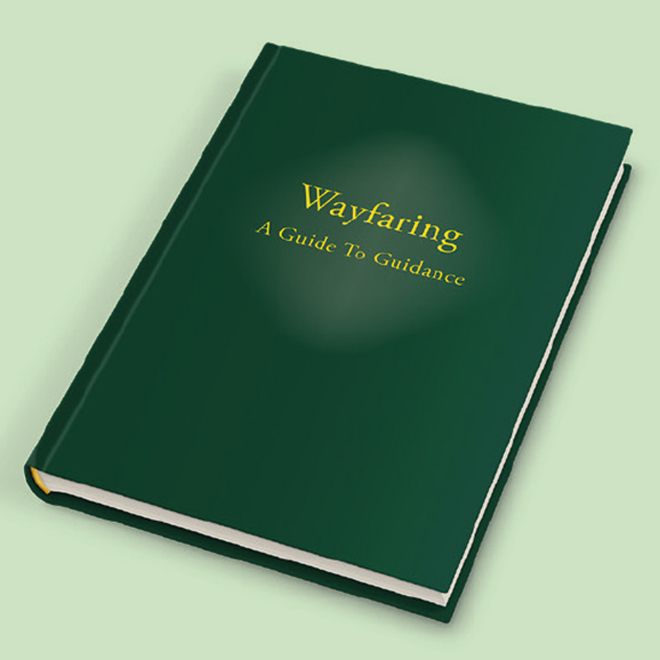Carols and music Photo: ArtToday
The story of carols
David L Saunders reviews a book that provides some interesting insights into ten favourite Christmas carols
The carols we love to sing, like Christmas itself, owe much to pre-Christmas midwinter rejoicings at having reached the shortest day – with the prospect of new growth and abundance to come. The many references, for example, in ‘The Holly and the Ivy’ to evergreens refer to the need to celebrate signs of life at a time of year when so much else is dormant. ‘Why was the Partridge in a Pear Tree?’: The History of Christmas Carols is a pocket-sized book that tells the story of ten of the best loved carols and does a thorough detective job on them.
